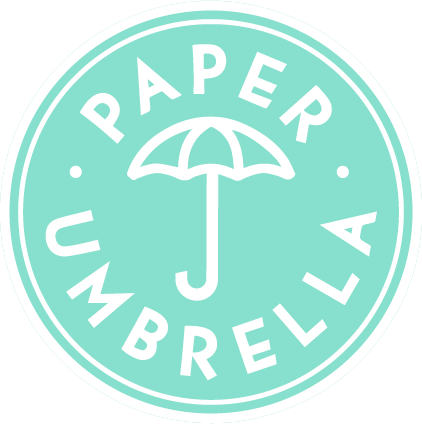Lomography Love - Part I
Memories are fragile and fickle; the way you see something, the way your brain interprets it at that moment, the details that are played back to you in your mind years later, the little things that are lost or changed as the memory flickers and fades and sometimes disappears altogether.
Photography, then, is kind of a miracle--an external mind's eye. A way to physically hold a piece of your past, a laugh, a friend, a moment, and to enjoy it again. A way to keep your kids from growing up, or to stop yourself from aging, or to remember how your face looks with a smile on it if you've forgotten.
The anti-miraculous thing about it is how expensive and intimidating and overwhelming it's becoming. There are SLRs and tri-pods and bulky camera bags and external flashes and expensive lenses; there are rules about lighting and composition, YouTube tutorials and lengthly articles to help you figure out all the little knobs and buttons and settings on your camera; there are critical eyes and editing software and debate about whether 'real' photographers use editing software.
I have no desire to be a 'real' photographer. There are so many of you, and you do it so well, with your cameras that cost as much as houses and weigh as much as horses. But I'm afraid of brides, and I don't like looking through the lens and trying to figure out how to make something that will impress someone else. I like picture taking in the same way that I like writing or doodling or playing music. I like the process of trying to get what I'm seeing in my head out in some physical form, without worrying too much what the "right" way of doing it is. And, most of all, I like that basic miraculous part of photography. I like seeing my precious memories laid out in front of me on the kitchen table in neat rectangles and remembering places and people and times that I don't want to forget.
That's why I love these little plastic Lomography cameras which are now available at Paper Umbrella. They have enough settings and buttons and switches and flashes and filters to keep things interesting, without ever once making me feel like I'm doing something "wrong". I can take a million exposures on a single frame and I can leave the shutter open as long as I feel like and I can shoot in a dark room or outside in the middle of the day. Even things that a 'real' photographer might consider mistakes--light leaks, multiple exposures, etc.--turn out beautiful and add to the picture, instead of wrecking it.
I've started my own little collection of these quirky cameras, and I'll be posting here from time to time to tell you about them and show you some of the pictures they take, as well as trying out some different films and add-ons.
See you soon!
Suzy Krause lives in the Cathedral Village and is an avid regular at Paper Umbrella. She also writes at www.suzykrauseandtheskyscrapers.blogspot.com and would love to see you there!

